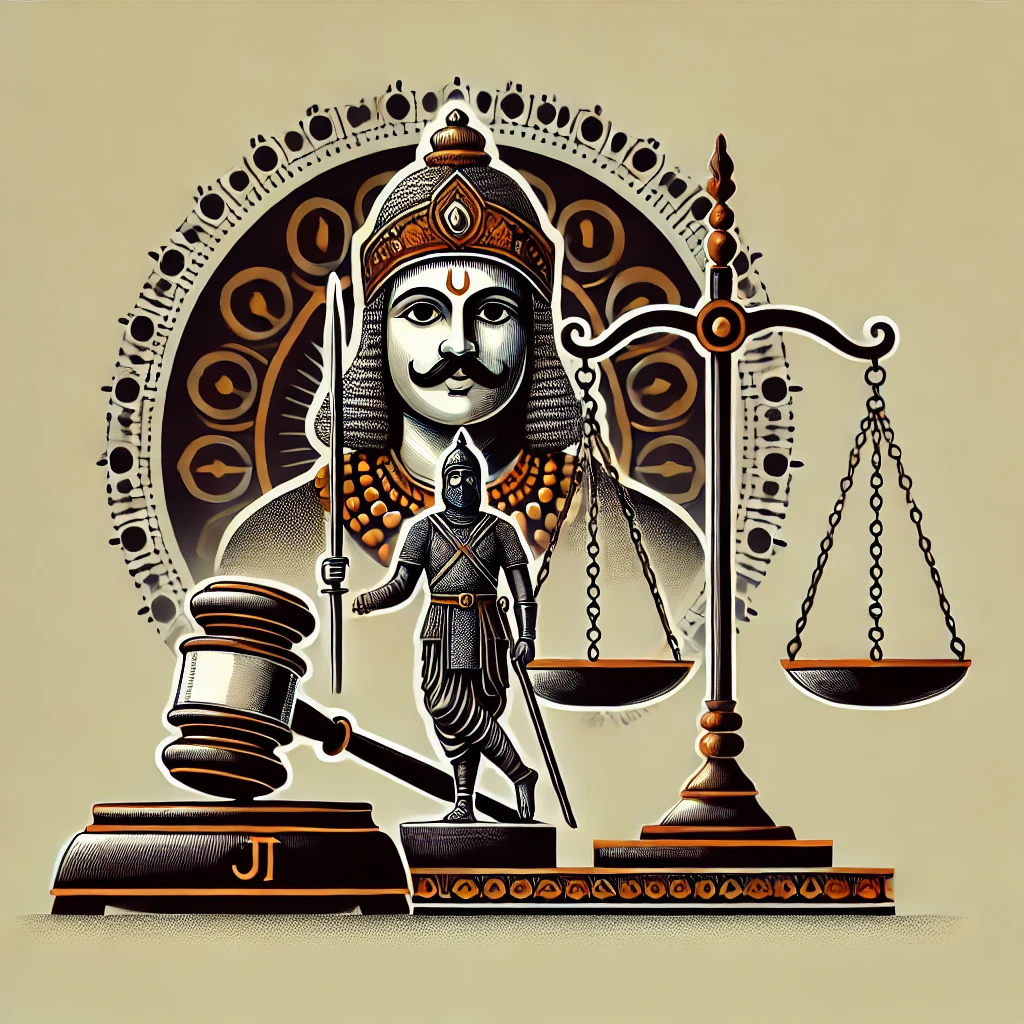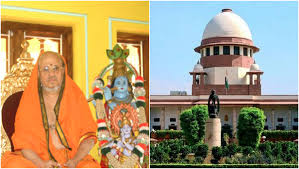Gaurav Maini vs. State of Haryana [July 09, 2024]
Citation: 2024 INSC 488; [2024] 7 S.C.R. 333; Supreme Court of India
Background and Facts
Gaurav Maini and three co-accused were convicted by the trial court under Sections 364A (kidnapping for ransom), 392 (robbery), and 120B (criminal conspiracy) of the IPC for allegedly kidnapping Sachin Garg, demanding a ransom of ₹1 crore, and releasing him after the ransom was paid. The prosecution’s case was built on the victim’s testimony, call records, and alleged recovery of ransom money. The High Court upheld the convictions. The appellants challenged their conviction before the Supreme Court, raising serious questions about procedural lapses and evidentiary gaps.
Key Issues
Whether the prosecution’s failure to produce critical witnesses and procedural lapses rendered the conviction unsafe.
The impact of delayed FIR registration and lack of credible identification procedures.
The obligation of trial courts to proactively ensure a fair trial under Section 311 CrPC and Section 165 of the Evidence Act.
Arguments
Appellants:
Argued the case was concocted due to a family dispute, highlighting the delay in reporting the kidnapping despite the victim’s safe return.
Pointed to the absence of credible evidence linking the accused to the mobile numbers used for ransom calls and the mishandling of recovered currency notes.
Emphasized that the key witness (the victim’s grandfather, who first informed the police) was never examined, and the trial court failed to summon him despite its powers under Section 311 CrPC and Section 165 of the Evidence Act.
Asserted that the dock identification of the accused, who were strangers to the victim, was unreliable in the absence of a Test Identification Parade (TIP).
Respondent (State):
Maintained that the prosecution’s evidence, including the victim’s testimony and call records, was consistent and credible.
Attributed delays to fear for the family’s safety and argued that minor contradictions did not undermine the case.
Supreme Court’s Analysis and Findings
The Supreme Court found that both the trial court and the High Court failed to address the significant delay in lodging the FIR and the prosecution’s inability to produce or summon the most vital witness—Shamlal Garg (the victim’s grandfather)—whose deposition was imperative for arriving at the truth.
The Court held that the trial court abdicated its obligation to proactively ensure a fair trial by not exercising its powers under Section 311 CrPC and Section 165 of the Evidence Act to summon material witnesses.
The absence of a Test Identification Parade for the accused, who were not previously known to the victim, rendered the in-court identification unreliable.
The Court drew adverse inference against the prosecution for not producing the secret information that led to the FIR and for not explaining the fate of the seized currency notes.
The Supreme Court concluded that these lapses and evidentiary gaps fatally undermined the prosecution’s case, making the conviction unsafe.
Conclusion and Significance
The Supreme Court quashed the convictions and acquitted Gaurav Maini and the co-accused of all charges.
The judgment underscores the duty of trial courts to actively participate in trials to ensure justice and not act as mere spectators, especially in serious criminal cases.
The decision reaffirms that procedural fairness, credible evidence, and judicial vigilance are essential for upholding the integrity of criminal trials.
This ruling is a significant precedent on the proactive role of courts in criminal justice and the necessity of strict adherence to procedural safeguards for a fair trial.






























0 comments